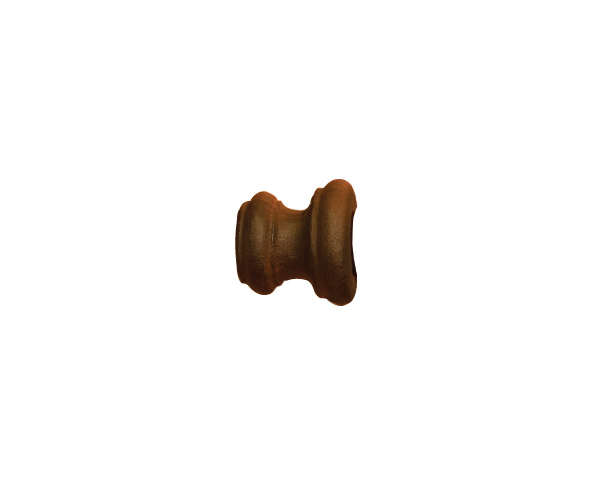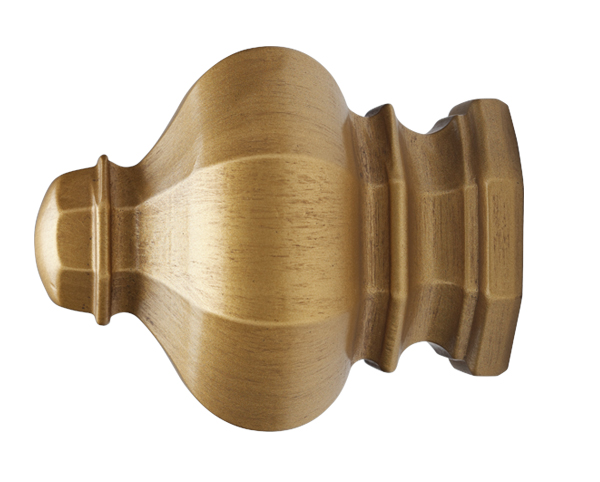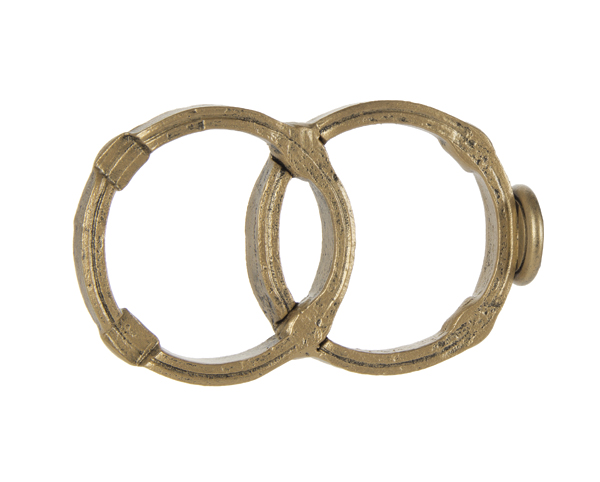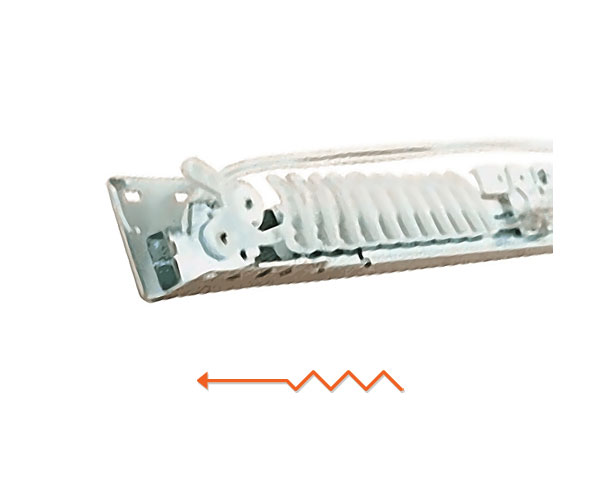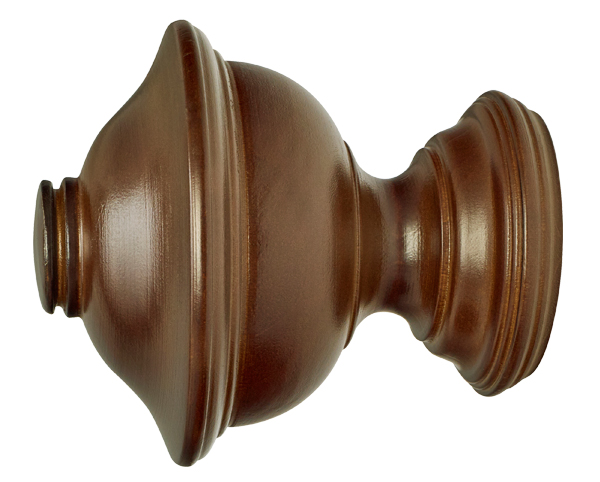Four Popular Drapery Materials And How To Clean Them
Written By: Workroom AssociatePublished: 07-21-2015
Your drapes play an important role in the interior design of your home. Beautiful drapes will catch the eye of everyone who enters. But what do you do when those beautiful drapes get dirty?
Unfortunately, most people cannot afford to run out and buy new drapes just because of a little dirt. Therefore, it is important to clean and maintain your drapes properly.
Cotton, wool, acrylic, and silk are all fabrics that are commonly used to make drapes. The following tips will ensure that drapes made using these fabrics will maintain their beauty for many years to come, while saving you money at the same time.
Cotton
Drapes made from cotton are among the most popular and most affordable.
Cotton drapes wash well without shrinkage or fading. It is recommended that cotton drapes be machine-washed on the gentle, or delicate, cycle.
Dry them using low heat until the drapes are left slightly damp, and then hang them back up. This will ensure that your drapes fall properly. Remember to be sure that folds and creases are only slightly damp to avoid mildewing.
Wool
Wool is another, more expensive, fabric that is used to make drapes. Wool drapes are not as susceptible to dirt, but they may require a little more attention when cleaning.
Because wool is prone to shrinkage, it is recommended that wool drapes be washed on the gentle cycle or delicate cycle using cold water. Dry your wool drapes using the lowest heat setting to further avoid shrinkage.
Acrylic
Drapes made using acrylic fibers are more resistant to dirt because these fibers are synthetic. They are another affordable option that will require less cleaning than drapes made of other fabrics.
However, there is still something to keep in mind when the time comes to clean your acrylic drapes. This fabric is prone to pilling, or forming little balls of fluff, on the surface. Therefore, acrylic drapes should be hand washed inside out.
Clean them, using warm water and detergent, by soaking them and then squeezing out the excess water until clean. Acrylic drapes can be tumble dried with low heat.
Silk
Silk drapes are quite expensive in comparison to those made with other fabrics. They are great to look at, but can easily become dirty.
Silk drapes are both expensive and delicate. They should be hand washed gently to avoid tearing. To dry silk drapes, simply lay them out on a bed of fluffy towels to air dry.
Silk curtains can be ironed, if needed, while they are still slightly damp.
You never have to panic over dry-cleaning or replacing your dirty drapes again. These tips will help you to clean your drapes at home, saving you time and money. Maintain the cleanliness of your drapes by vacuuming away dust and other debris between washes. Dirt, lint, and debris can also be removed using a lint brush. Spot cleaning is also a great way to maintain your drapes between washes.

